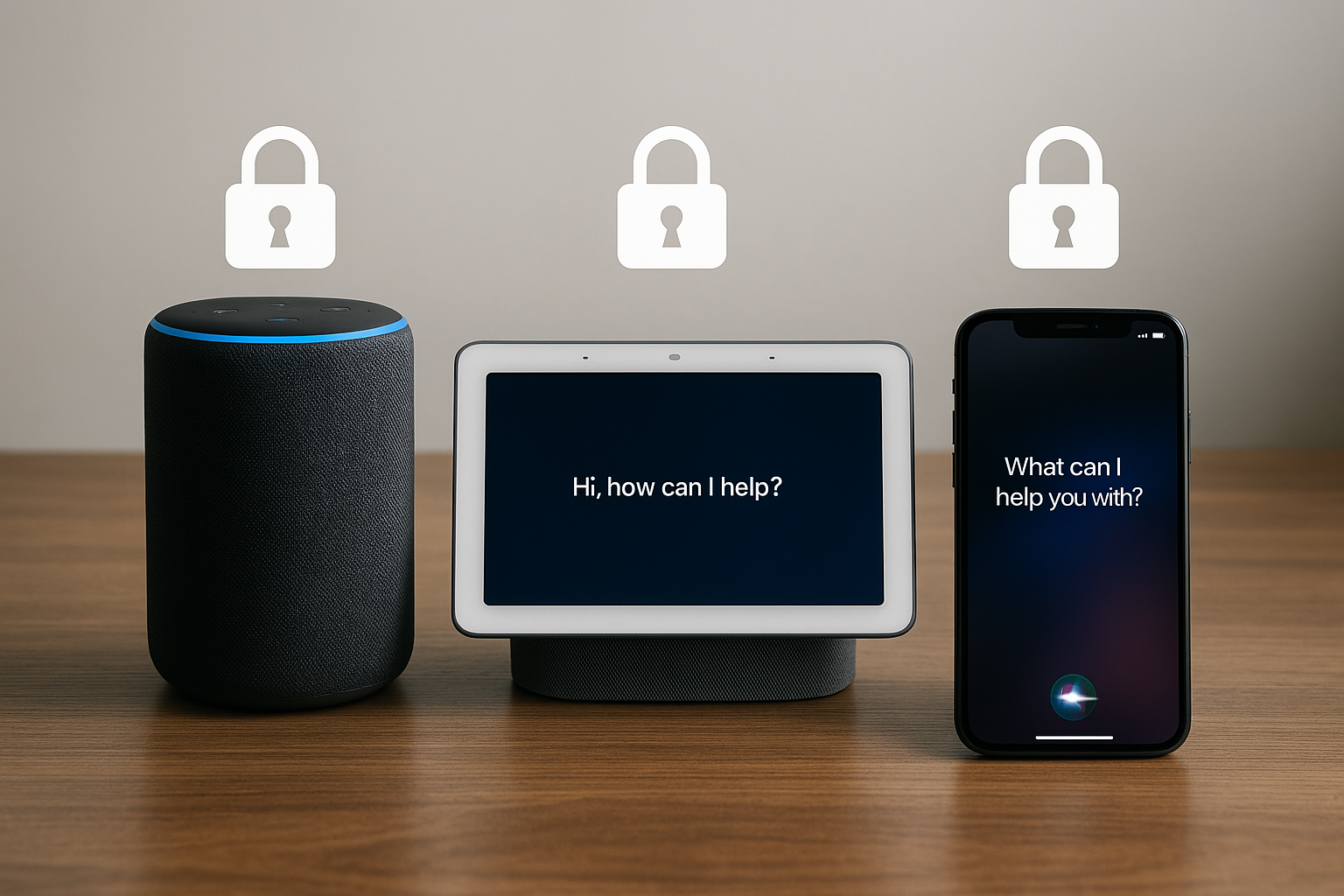The Most Devastating Cyber Attacks in History That Shook the World
Introduction
Cyber attacks have become a serious threat to governments, companies, and everyday users. These digital crimes do more than just steal information—they cause long-term harm to systems, finances, and reputations. In this post, we’ll look at the biggest cyber attacks in history, explain how they happened, and discuss why online security matters now more than ever.
1. WannaCry Ransomware (2017)
To begin with, the WannaCry attack in May 2017 quickly spread across the world. It infected more than 200,000 computers in over 150 countries. Using a weakness in Windows, the ransomware locked users out of their files and asked for Bitcoin payments to unlock them. As a result, hospitals, banks, and major companies were forced to shut down operations.
2. NotPetya Malware (2017)
Shortly after WannaCry, another major attack made headlines. Known as NotPetya, this malware started in Ukraine through fake tax software. Then, it spread globally, affecting companies like Maersk, FedEx, and Merck. Unlike ransomware, it was designed to destroy data, not make money. Because of its reach, it caused over $10 billion in damages.
3. Yahoo Data Breaches (2013–2014)
Another major case involved Yahoo. In 2013 and 2014, hackers stole information from 3 billion user accounts. However, the company did not reveal the full scale until years later. The stolen data included names, email addresses, and even security questions. Clearly, this breach damaged Yahoo’s reputation and raised concerns about data protection.
4. Equifax Breach (2017)
Next on the list is Equifax, a credit reporting company. In 2017, a flaw in their system allowed hackers to take personal details of 147 million Americans. This included Social Security numbers and addresses. As a result, Equifax paid a $700 million settlement, and users faced long-term risks of identity theft.
5. SolarWinds Supply Chain Attack (2020)
In 2020, the SolarWinds attack showed how dangerous supply chain hacks can be. Attackers placed malware into a software update from SolarWinds. This gave them access to US federal agencies and top companies. Because the attack was so hard to detect, it went unnoticed for months. Eventually, it became clear that even trusted software can be used as a weapon.
6. Stuxnet Worm (2010)
Stuxnet was different from most attacks. It was created to physically damage machines, not just steal data. It targeted Iran’s nuclear program by changing how the machines worked while showing normal readings. This cyber weapon, reportedly made by the US and Israel, marked the first time digital tools were used for physical sabotage.
Conclusion
In summary, these attacks highlight how serious cyber threats have become. They affect not only businesses but also national security and everyday lives. To stay safe, individuals and organizations must invest in stronger cybersecurity tools, keep systems updated, and stay alert to risks.



Comments are closed